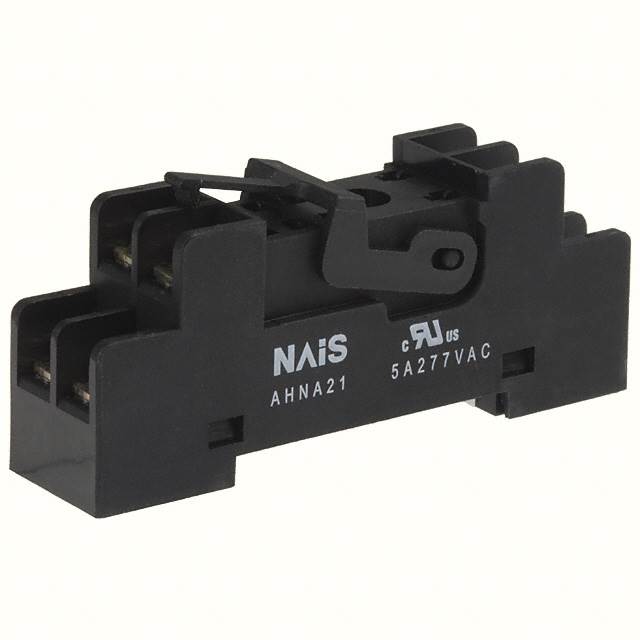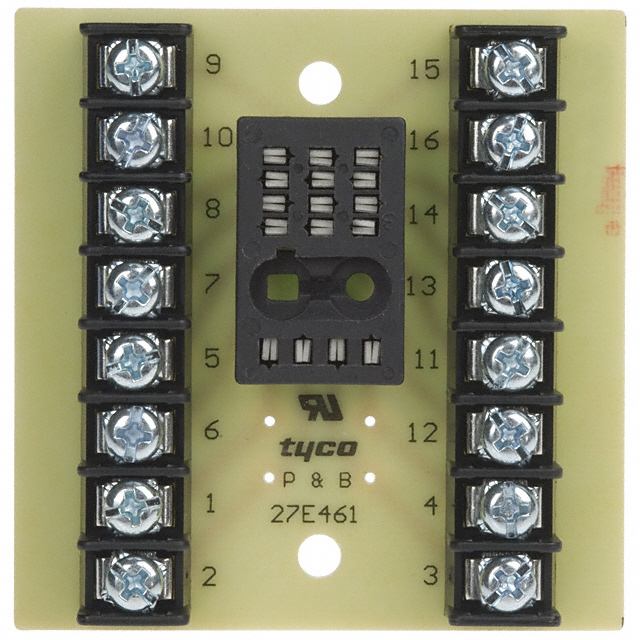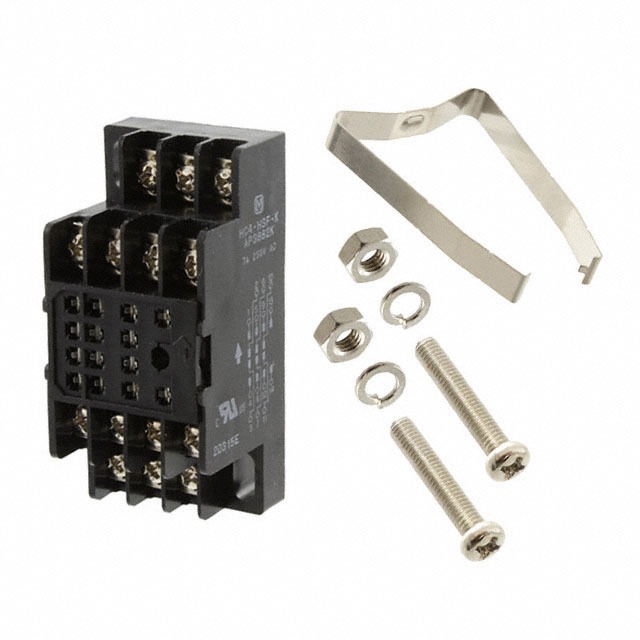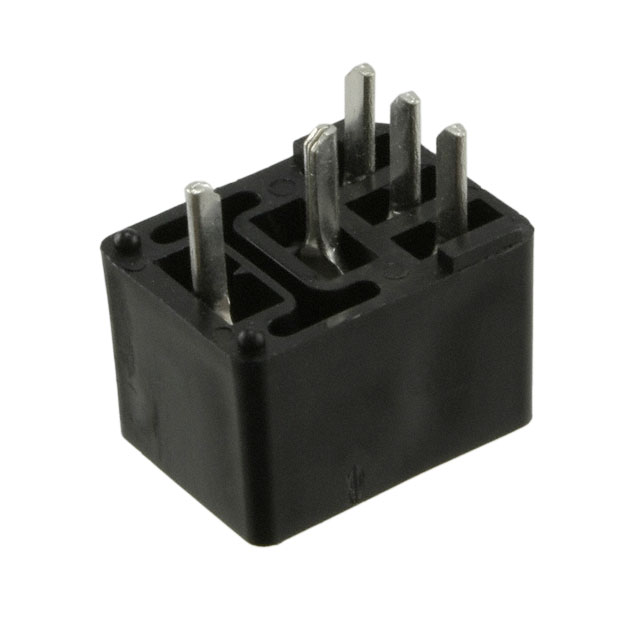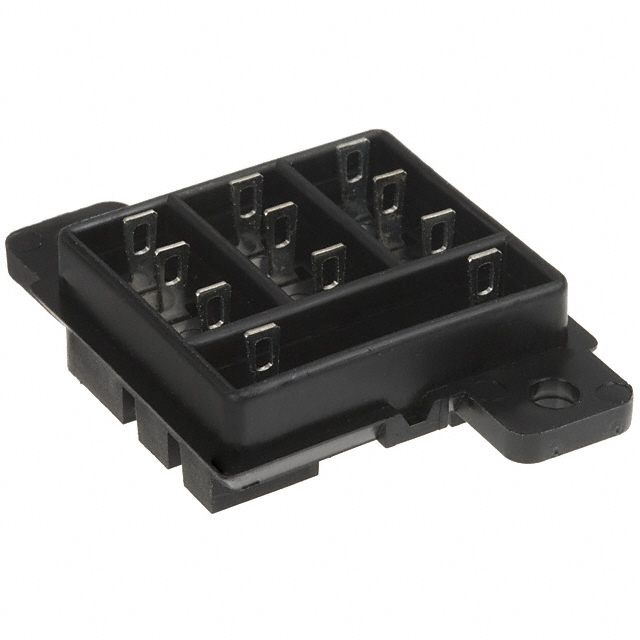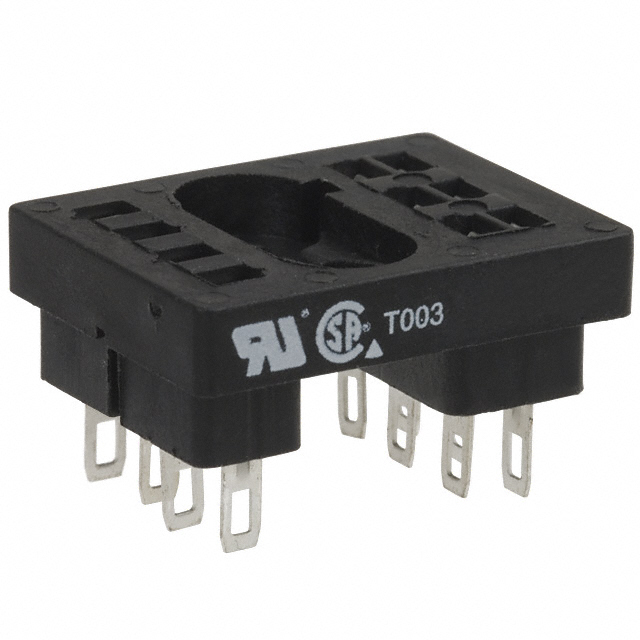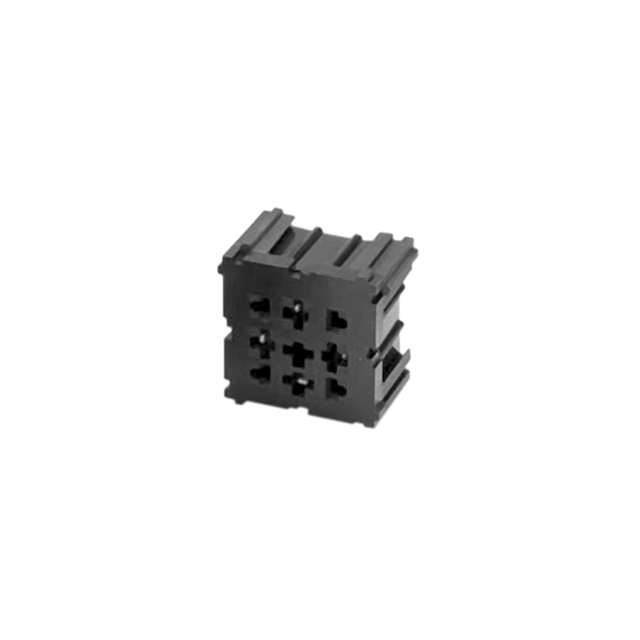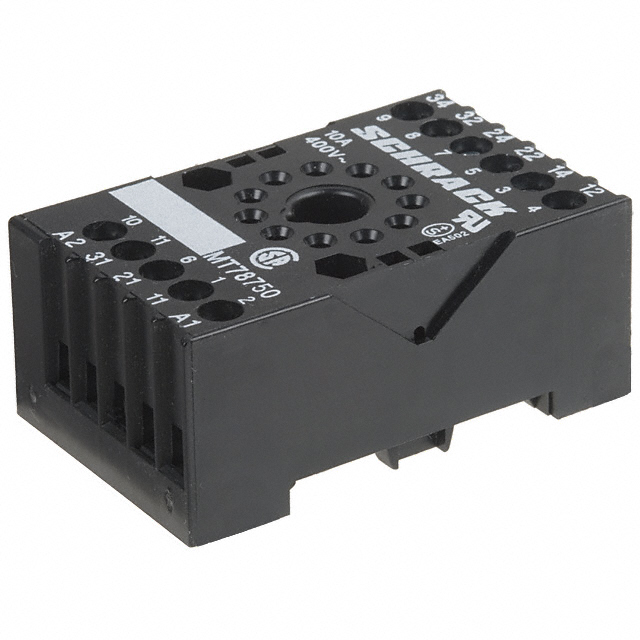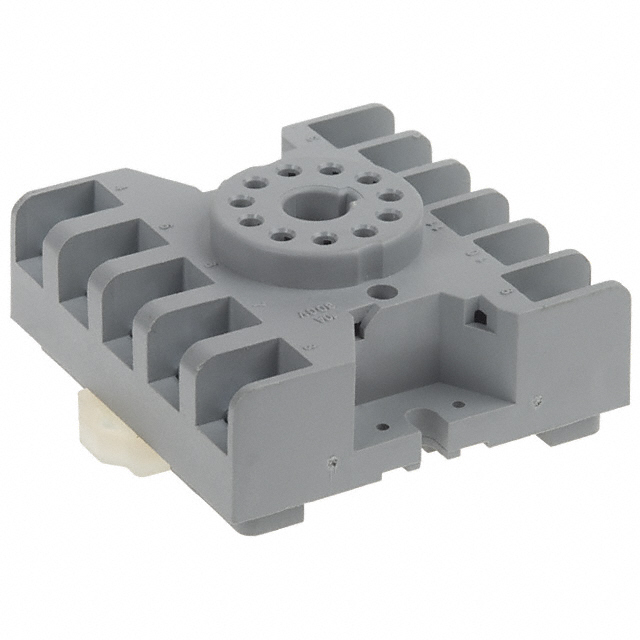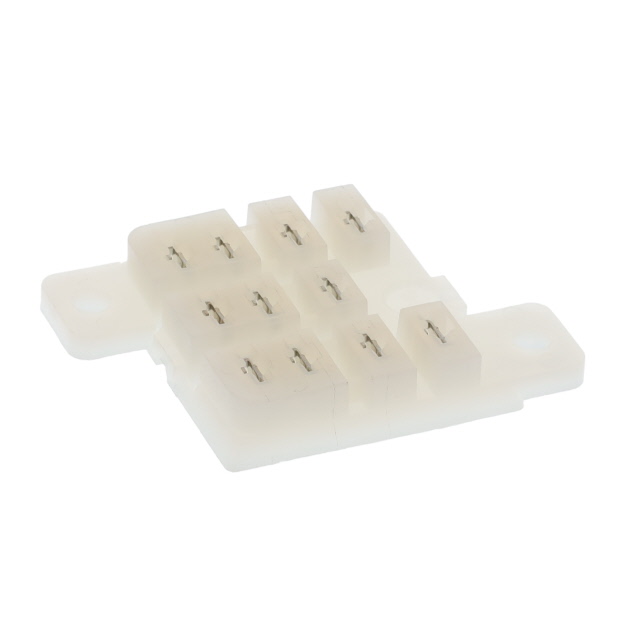how to wire up relay
Relays are essential components in electrical systems that help control the flow of power. They act as switches, allowing a low-powered signal to control a high-powered circuit, making them useful in a wide range of applications, such as automotive, industrial, and household electronics. When wiring up a relay, it's important to ensure that the connections are secure and correctly made to prevent any potential malfunctions or safety hazards. The input and output connections must be carefully identified and attached to the appropriate terminals on the relay for it to function effectively. Relays come in various types, including electromechanical and solid-state relays, each designed for specific use cases. They are available in different configurations, such as single and multiple poles, with various coil voltage options to suit the specific requirements of a given application. Properly wiring up a relay ensures the smooth and reliable operation of electrical systems, making it crucial for anyone working with electrical circuits to understand the fundamentals of relay wiring.





